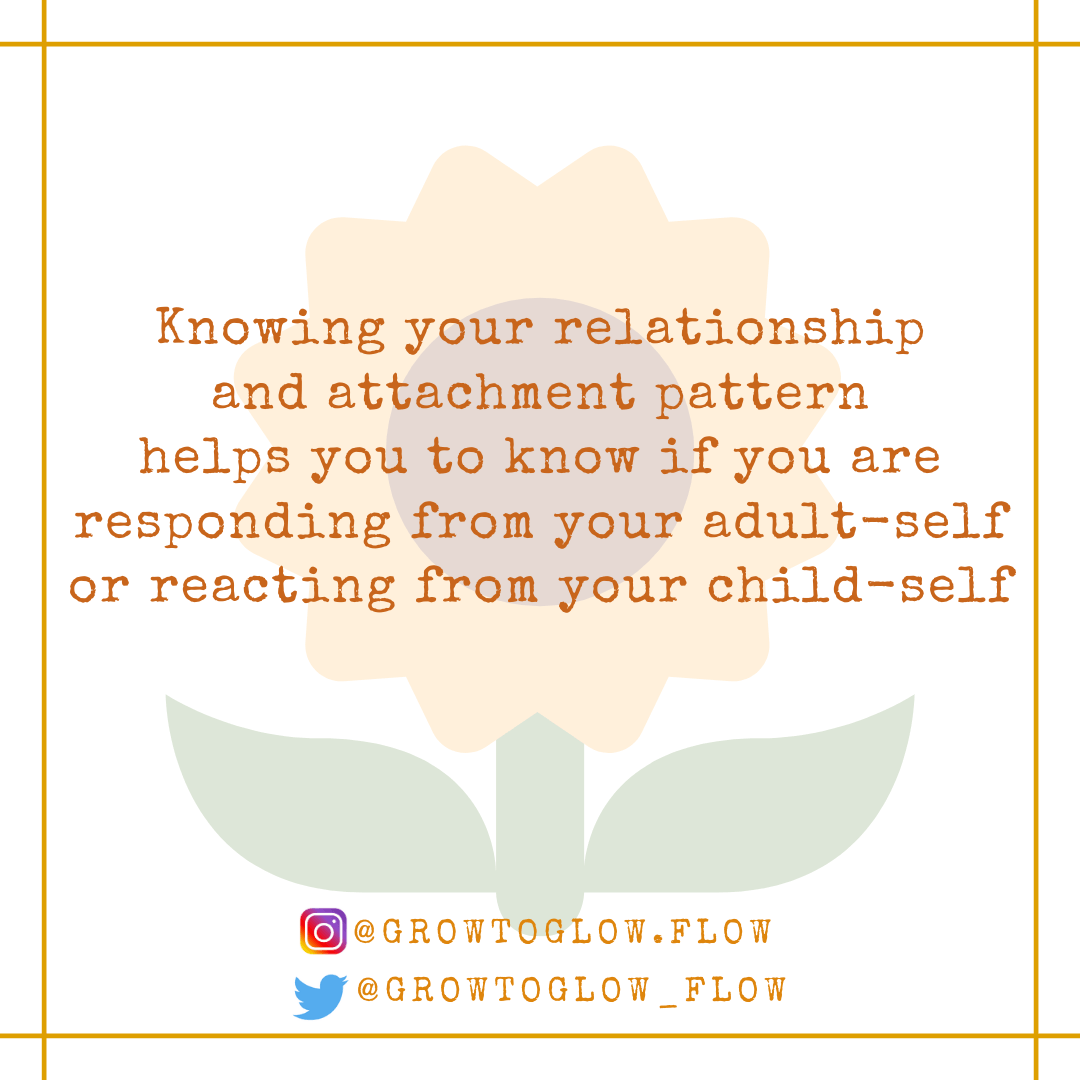Relationships - Responding from our 'adult-self' or reacting from our 'child-self'
We all have an internal and unconscious relationship 'blueprint' and attachment pattern, which was established through our infancy and childhood relationship experiences with our mother or primary care-giver.
This blueprint becomes the template which we use for relating to other people and which we carry into all of our adult relationships.
If we are unaware of the blueprint, we are unaware of the triggers, patterns, core beliefs and automatic ways we react to others. We become reactive to how others relate to us because we are using our blueprint as a way to understand, make meaning of, and react in return.
By using the blueprint as the basis of how we relate to others, we are using our 'childhood' experiences of relationships, from which to understand how this current adult is relating towards us, and so we react and relate from our 'child-self'.
To respond from our 'adult-self' is to become aware of our blueprint and to understand how we view relationships, what our childhood experiences of relationships were like and how we felt in relationships. This helps us to understand what messages and core beliefs we started to tell ourselves about what a relationship was and how it was felt and experienced.
For example we may have experienced a relationship in which the other person was experienced as being emotionally unavailable or unresponsive to our needs. This may have led us to believe that our needs were unimportant and our needs are not met in a relationship.
This becomes a core belief in our relationship blueprint, and so in all future relationships, in applying this blueprint, we believe that this new person will also behave in the same way, and we believe the same experience and relationship pattern will happen again.
So we go into the relationship believing that our needs are unimportant and will not be met, so we don't speak up for our needs or ask for what we need from the other person. And so we start the relationship from this premise and in doing so we have already abandoned our needs even before the relationship has begun.
In understanding our own relationship and attachment pattern, it can help us to unpick the unconscious and default position (or blueprint) we start relationships from and in doing so we can start to relate and respond from our 'adult-self' instead of from a default 'child-self' blueprint or pattern of reacting.
Coming up in our next posts we will be exploring more about the different relationship attachment patterns and helping you to identify which one may be your dominant pattern and how that shows up in your adult relationships.
Relationship and attachment patterns is also the focus of this month's Grow To Glow Book Group on Thursday 25th June at 6pm. It is an opportunity to explore and discuss the topic and also refering to this month's Book of the Month - Attached by Amir Levine and Rachel Heller. To register your place at this month's Book Group please email myira@myirakhancounselling.co.uk
#relationships #attachment #attachmentpattern #relationshipblueprint #relationshipcoaching #GrowToGlow
Follow Grow To Glow on Twitter @growtoglow_flow and on Instagram @growtoglow.flow

